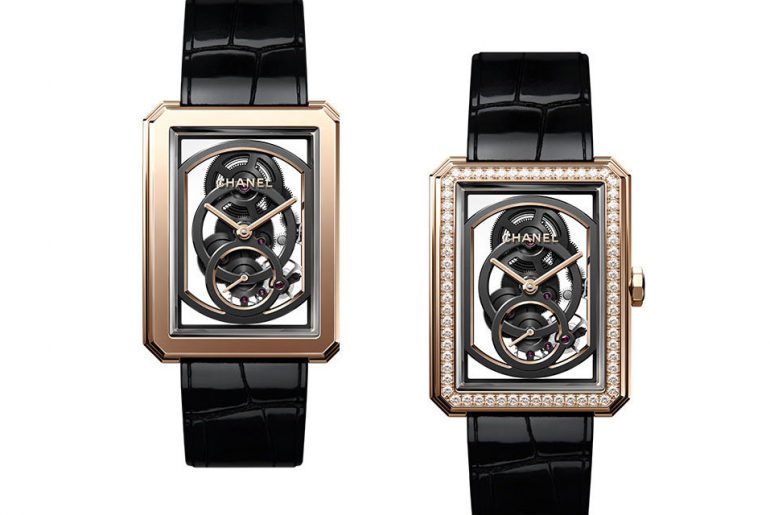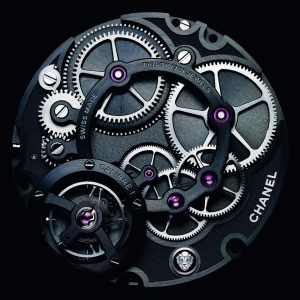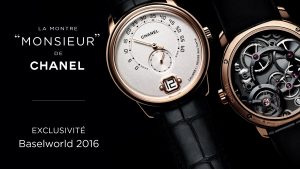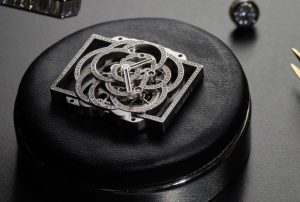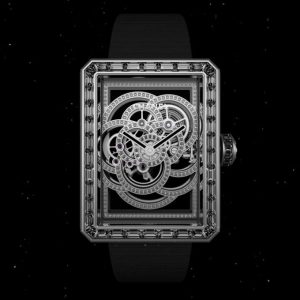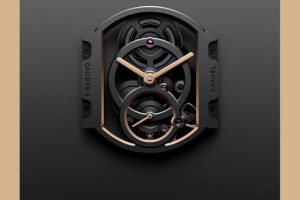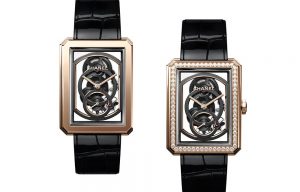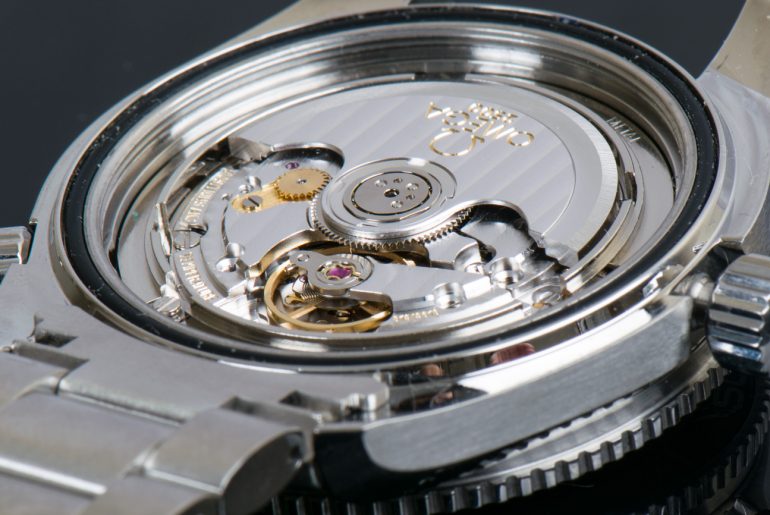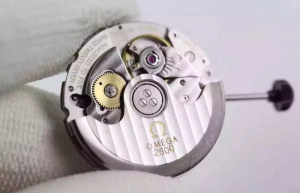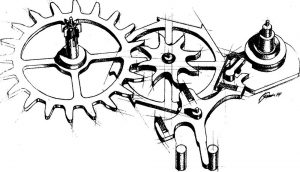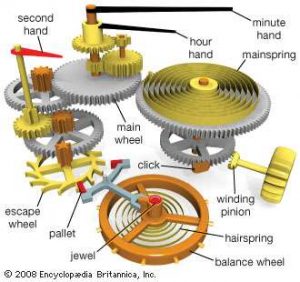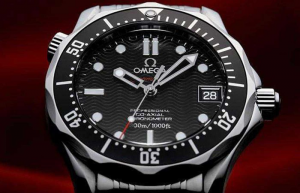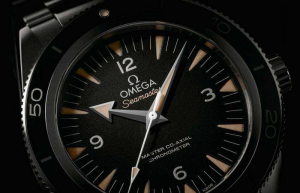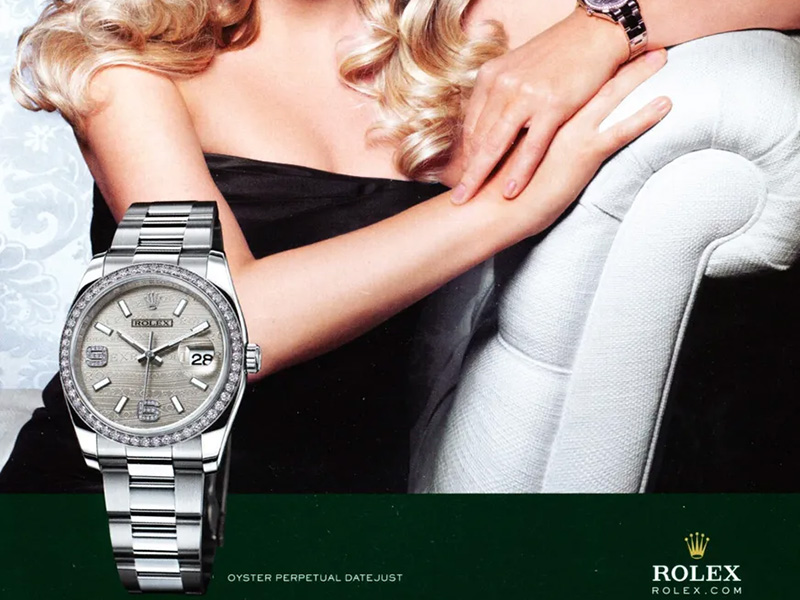Three years ago, Chanel launched the first in-house movement, Calibre 1. The entire watchmaking industry was stunned by the movement. Chanel that launched the first wristwatch in 1987 had desired to produce and develop in-house movements, which is a great test for technology, design and craftsmanship. Chanel Clibre 3 made its debut at Baselworld 2018. Is Calibre 3 an audacious attempt or the result of successful breakthrough by comparing with Calibre 1 and the second movement?
Calibre 1
In the history of Chanel watchmaking, Chanel introduced ETA movements and Audemars Piguet in-house movements Cal. 3125 in the long term, but developing and designing a self-made movement as a goal is Chanel’s dream. The most difficult thing is to get started. Chanel began to develop the first self-made movement until 2011. With the front-end design and development as well as the back-end assembly test, the Monsieur De Chanel watch with Calibre 1 made its appearance at Baselworld 2016. We can know that the special display of the jump hour and the eccentric retrograde date is adopted from the design drawing. The wrong qestion is clear when somebody questioned Caliber 1 was based on an ETA basic movement. First, ETA manufacturing craftsmanship is hard to reach the standard. Second, the back of the movement tells us its unique style. With simple but powerful dial, Monsieur de Chanel men’s watch equipped with Calibre 1 redefines a new trend.
Calibre 2
Calibre 2 for ladies’ which took three-year development appeared at 2017’s Baselworld Watch Fair. Why so long? The most difficult point is to build the beauty of the movement-the balance of the camellia and the movement. It’s well known that Gabrielle Chanel loves camellias in her life. The camellia has also been the soul of the brand. It blooms perfectly in the movement, Calibre 2, presenting the fusion of the beauty and technology. Calibre 2 consists of 107 components and parts, including 21 jewels. The swing frequency extends to 28,800 per hour, and power reserve is up to 48 hours. The Chanel Première Camélia Skeleton watch equipped with Calibre 2 wins ladies’ popularity for the stereo look and flawless design.
Calibre 3
In 2018, Calibre 3 and Chanel Boy.Friend Esqueleto watch bring out the neutral style. The unusual feature of Calibre 3 is without mirror-polished process or exquisite decoration, but it doesn’t mean that the movement is technically non-existent. Black ADLC coating bears superior shock resistance and scratch resistance. For the material selection, Chanel show more possibilities to us. Chanel Boy.Friend Esqueleto Calibre 3 inherits the classic appearance from the Boy.Friend Esqueleto collection and adds more new ideas. With iconic watch case, black ADLC coating and the beige & gold plated coating frame, the Boy.Friend Esqueleto Calibre 3 overcame a series of technology problems.
The design for the skeleton dial requires higher technology. Chanel Boy.Friend Esqueleto Calibre 3 watch wants to stand out, and it must win with unique design and high-end craftsmanship. Excluding excess metals, gears are arranged in the outline of camellias, which of course is a test of mechanical engineering, because the arrangement of mechanical structures in traditional watchmaking has a certain benchmark, and it cannot be changed at will. Finally, the Boy.Friend Esqueleto Calibre 3 didn’t make us disappointed whether on the appearance or the performance. Chanel Boy.Friend Esqueleto Calibre 3, manufacture mechanical movement with manual winding, at least 55-hour power reserve. It has the esqueleto design without the balance wheel blocking as well as a shock resistant device. Available in the standard model for EUR 36,500 and the diamond version for EUR 42,500.
